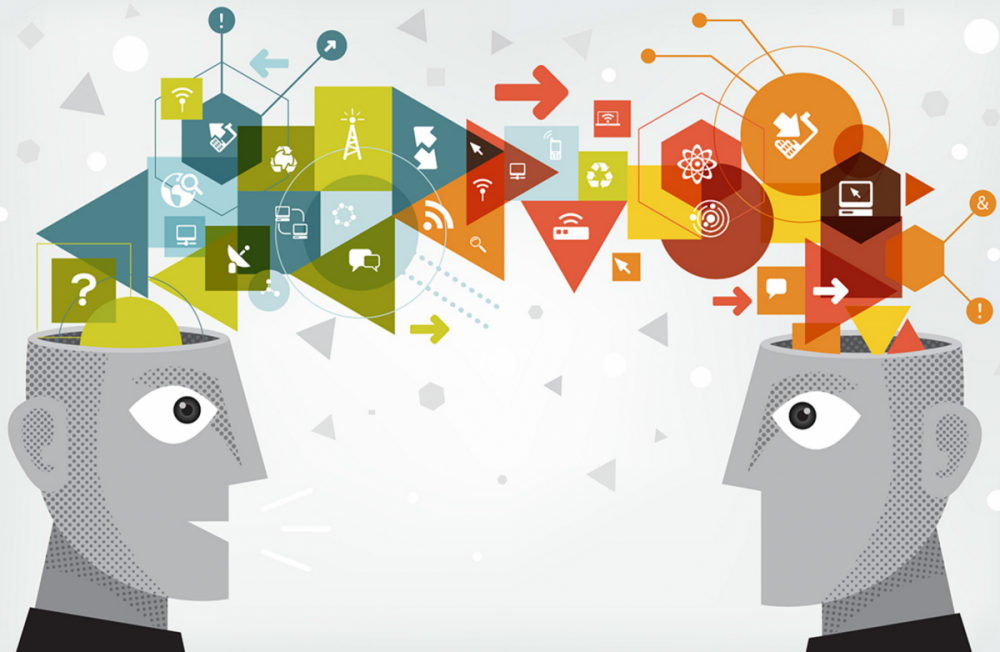When I first started Stockpeer I expected to mostly share my experiences trading the stock market via automation. But I find myself talking less about automation for an important reason: automation can lead to a lack of engagement—aka complacency. No trader has ever gotten rich by being complacent.
I have written thousands of lines of code to backtest and automate different trading strategies. For awhile I was running software that fully automated my consistent put credit spread strategy. At the end of each day I noted which trades were made and checked for errors in my code, but that was it. I was not looking at charts or reading financial news. I was just watching the software do its thing. But the disconnect from the market was, I felt, bringing my personal growth to a standstill. So about a year ago I started to trade by hand again.
Trading Options by Hand vs. Automation
Don’t get the wrong idea—I did not give up on using my code to screen for trades; I just instructed the software not to place the trades automatically. Each day I reviewed a list of possible trades and decided whether to place them or not, thereby injecting some human intelligence and emotion to the final decision-making process. I was hoping to gain some edge by being more engaged in the market. I figured I would know better than a computer when to double down and when to sit on the sidelines. My mixed results the past year tell a different story.
In auto mode my strategy was applied regardless of the headlines, but the human-powered version of my strategy formed opinions. When it was time to double down I did pretty well, placing multiple trades at the best possible times and besting my automated strategy, which would have placed only one. But I underperformed when it was time to sit on the sidelines. In fact, I discovered that my strategy does not want me on the sidelines at all. In the past year I often did not place trades when I should have because I believed the future held a better opportunity that hinged on some world event I knew was coming up. Therein lies the primary difference: automation does not care about tomorrow. Automation places trades based on the here and now. Sort of like a financial Buddha. (Is that an oxymoron?)
And the Winner Is?
Automation. Fact: had I run my automation software the past year I would have had better returns. So what should I do with this information? If I go back to automation, can I find a way to remain engaged? Can I can modify my hand trading approach to better match the automated strategy?
I am taking a hybrid approach. I will restart automation because I feel strongly that humans and emotion have no place in trading decisions. The black-or-white filter the computer applies to decision-making imparts a strong edge. As for staying engaged, I might go deeper into my day trading of the SPY and spend more time on my futures trading strategy Trading Futures as a Hedge.
To summarize: Computers are good at trading—humans not so much. But humans program computers so humans must stay engaged and growing to keep the fresh ideas flowing.



